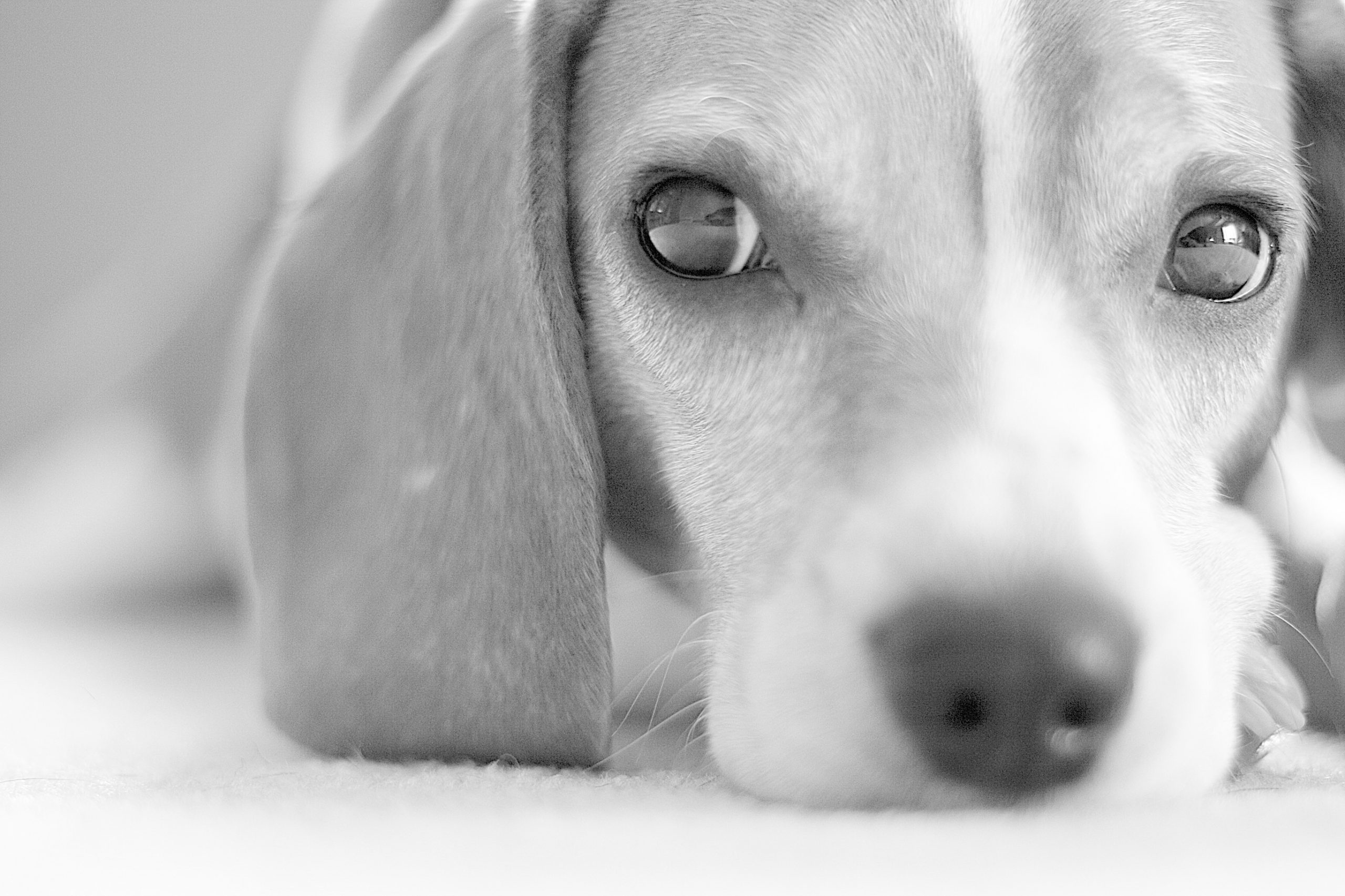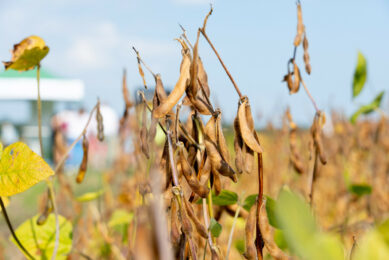Standard or premium: Which dog food has more mycotoxins?

Are the cheap versions of pet food less safe to feed dogs if we look at presence of mycotoxins? Brazilian researchers put this to the test.
The Brazilian pet food sector is growing and several type of pet foods are on the market. At the same time, the issue concerning safety of dry dog feed has become a topic of widespread international interest. One of the safety issues is the presence of mycotoxins. Fumonisins (Fum), zearalenone (Zea) and aflatoxins (Afla) have been detected in cereals and grains worldwide and their presence in pet food represents a risk for pet health.
Different price ranges tested
In the present study, researchers evaluated the safety of low and high cost dry feed and the degree of exposure of dogs to mycotoxins through naturally contaminated feed in Brazil. The study has been published in the latest edition of the World Mycotoxin Journal. Fum, Zea and Afla were analysed in three pet food types intended for dogs (n=87). The food samples were provided by the pet owners and were common brands retailed in Brazil, including those exported abroad.
According to the information declared on the label of the dry dog food, the samples were grouped into:
• Standard (low cost formulations, n=49). Crude protein (5%); crude fat (5%); crude fibre (>5%); ash (>10%). Costs: US$ 1-1.80/kg
• Premium (costly/expensive formulations, n=25). Crude protein (21-23%); crude fat (10- 13%); crude fibre (2-3%); ash (6-10%). Costs: US$ 2-4/kg
• Super Premium (more costly formulations, n=13). Crude protein (>24%); crude fat (>13%); crude fibre (3-5%); ash (<6%). costs: us$ 4.50-12 kg>
Results
Fumonisin (FB1 + FB2) levels showed a broad range of contamination in Standard, Premium and Super Premium feed and mean levels were 272 µg/kg, 78.2 µg/kg and 186 µg/kg, respectively. Fumonisins (FB1+FB2) were detected in 77.6% Standard followed by Premium (72.0%) and Super Premium (42.9%) feed samples. However, there was no significant difference by the Kruskal-Wallis test (P>0.05) in mean fumonisin levels among all the dog food types. Most food samples (66.7%) showed fumonisin (FB1 + FB2) levels below 450 µg/kg.
Concerning the FB1 analog (data not shown), contamination levels ranged from 30.0 to 304 µg/kg (mean 96.4 µg/kg). The feed samples showed a broad range of Zea contamination with mean values significantly higher in Standard products (52.6 µg/kg) than in Premium (10.6 µg/kg) and Super Premium ones (17.5 µg/kg). Zea levels in most feed samples (90.1%) were below 50.0 µg/kg. Concerning total aflatoxins (AFB1 + AFB2 + AFG1 + AFG2), Standard feed samples showed the highest mean levels (1.29 µg/kg), which differed significantly from the Premium (0.49 µg/kg) and Super Premium feed (0.53 µg/kg) by the Kruskal-Wallis test. Aflatoxins were detected in 95.4% dog feed samples (n=87). Most feed samples (93.0%) showed aflatoxin levels below 2.00 µg/kg.
How much mycotoxins can a dog take?
The researchers also published the pet safe dietary level (SPDL) in their paper. Considering that the dose which causes lung lesions (LOAEL) in swine is 400 µg FB1/kg BW/day (EFSA, 2005; Zomborszky-Kovács et al., 2002a), the calculated SPDL was 2,000 µg fumonisins/kg dog foodd. The dosage of 75.0 µg /kg BW/day has been adopted as LOAEL for Zea. Therefore, the calculated SPDL was 375 µg /kg dog food. SPDL for aflatoxins was not calculated because a no-effect level (NOEL) could not be established from the available data (EFSA, 2004).
Conclusion
Although the food samples intended for dogs in Paraná State, Brazil, were often contaminated with aflatoxins, fumonisins and Zea, the estimated daily intake values were low, even for the Standard feed (low cost formulations). However, the paper states that it cannot be excluded that some of the pet food samples could have a negative effect on animal health and performance considering feeding a mono-diet of commercial feed, low multi-mycotoxin contamination levels and interactions between mycotoxins. Therefore, the researchers address that the risk assessment approaches for these mycotoxins in pet food should consider their possible synergic or additive effects. In Brazil, and in most countries, there are no specific guidelines for the maximum tolerated limits for mycotoxins in pet food. Nevertheless, the results obtained in this study highlight that specific legislation, monitoring and control of mycotoxin levels in pet feed are essential in order to improve the safety and quality of the end product and minimise animal health hazards.











